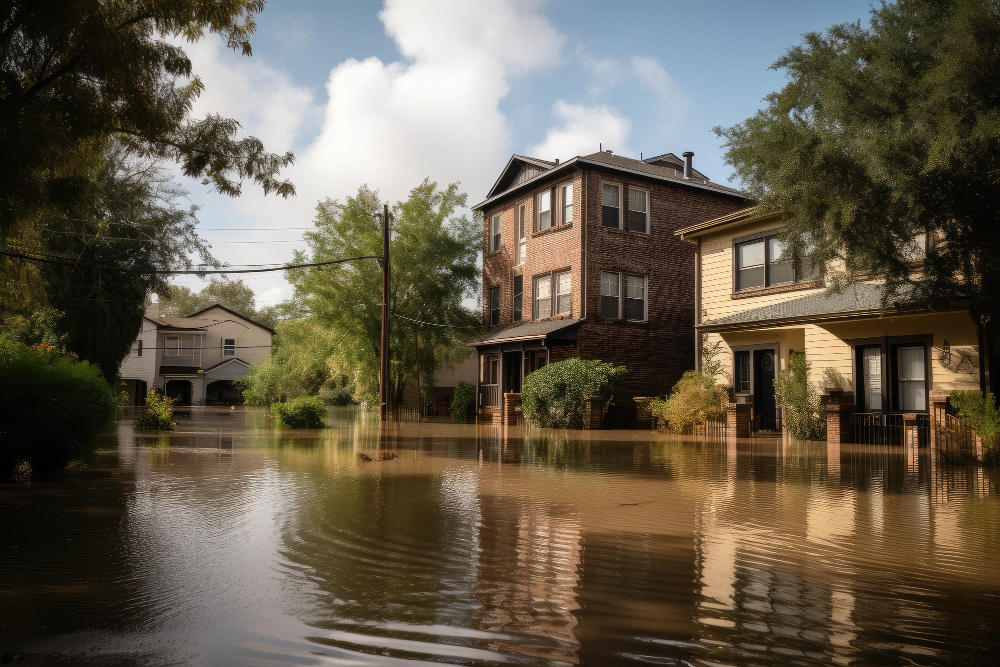#1: Stay Informed
Stay updated on flood warnings and watches by monitoring local news, weather apps, or the National Weather Service. Pay attention to official announcements and instructions from local authorities. Act promptly and take immediate action when a flood warning is issued.
#2: Create an Emergency Plan
Develop an emergency plan that includes evacuation routes, designated meeting points, and contact information for family members or friends. Prepare an emergency kit with essential supplies like non-perishable food, water, medications, batteries, flashlights, and important documents.
#3: Evacuate if Necessary
If authorities issue an evacuation order for your area, follow it promptly. Do not wait until it’s too late. Evacuate to higher ground or designated shelters. Take your emergency kit and necessary personal items with you. Avoid driving through flooded roads.
#4: Move to Higher Ground
If evacuation is not required or not possible, move to higher ground within your home or workplace. Stay on the highest floor possible, away from windows and exterior walls. If you have a multi-story home, move essential items to upper levels.
#5: Turn Off Utilities
Before floodwaters reach your location, turn off gas, electricity, and water supplies to prevent potential hazards. If you are unsure how to do this safely, consult a professional. Do not touch electrical equipment if you are standing in water.
#6: Avoid Walking or Driving Through Floodwaters
Floodwaters can be deceptive and extremely dangerous. Avoid walking or driving through them, as water levels can rise quickly and currents can be strong. Even shallow water can sweep you off your feet or carry away vehicles.
#7: Listen to Authorities and Seek Shelter
Follow instructions and updates from local authorities. If advised to take shelter, do so immediately. Move to higher floors or rooftops if necessary. Do not enter flooded basements or confined spaces, as they can pose risks of entrapment or collapse.
#8: Stay Connected and Signal for Help
Keep a charged mobile phone, battery-operated radio, or weather radio with you. Use it to stay informed and communicate with authorities or rescuers if needed. If you require assistance, signal for help by using a flashlight, waving a bright-colored cloth, or making noise.
#9: Avoid Contaminated Water
Floodwaters can be contaminated with sewage, chemicals, or other hazards. Avoid contact with floodwater as much as possible. If you must wade through standing water, wear protective clothing and clean yourself thoroughly afterwards.
#10: Document Damage for Insurance Claims
If your property sustains damage, document it thoroughly by taking photographs or videos. Contact your insurance company as soon as possible to begin the claims process. Keep records of any expenses related to temporary housing or repairs.
#11: Assist Others if Safe
If it is safe to do so, check on neighbors or others who may need assistance. Offer help or alert authorities if necessary. Be cautious of potential dangers and prioritize your safety at all times.
#12: Take Care of Emotional Well-being
Experiencing a flood can be emotionally challenging. Reach out to friends, family, or support organizations for emotional support and guidance. Take care of your emotional well-being during the recovery process.
By following these numbered steps, you can be better prepared to face the challenges of a flood. Remember, your safety should always be the top priority. Stay informed, stay vigilant, and stay resilient during these severe weather events.
